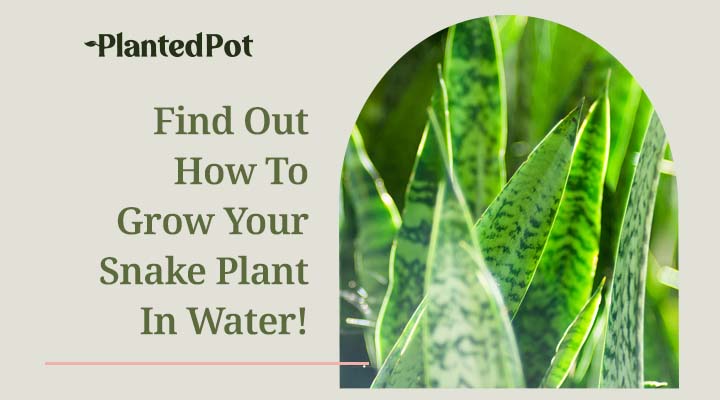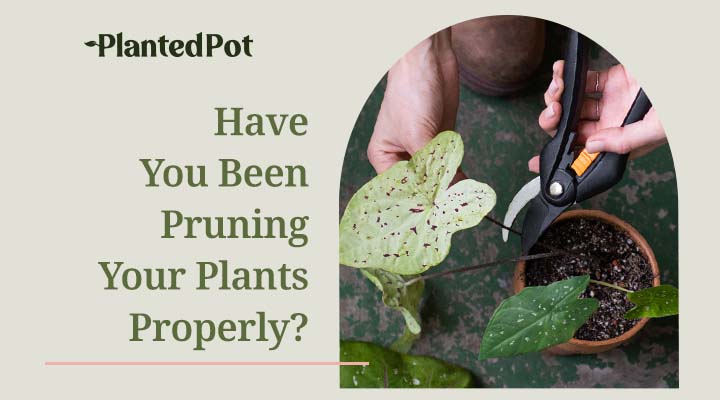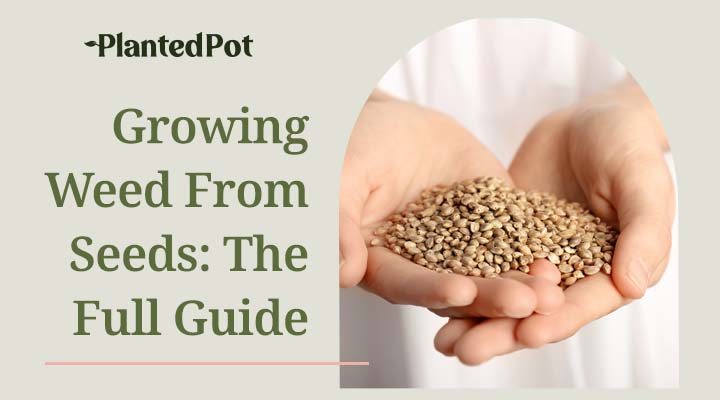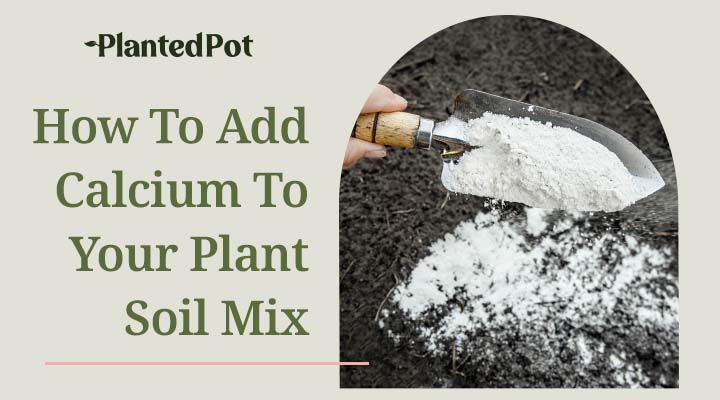
Pruning Plants: The Best Guide for the Healthiest Plants!
Home / Pruning Plants: The Best Guide for the Healthiest Plants!

Pruning Plants: The Best Guide for the Healthiest Plants!
- Amy Peterson
- August 10, 2021
- 9:49 am
- No Comments
It may seem counterintuitive to cut off parts of a healthy plant as a form of care, but pruning plants is a common and sometimes necessary practice. Say your yard’s boxwood shrubs are overgrown, or you want to make your office pothos a little fuller — pruning plants is a great way to clean up their appearance!
The science behind pruning can seem overwhelming and tedious, but it gets easier once you understand the basics. Depending on the kind of plant and what you want to accomplish, the techniques for pruning can vary, but an overview of the process can help get you started. Let’s take a look!
What Does it Mean to Prune a Plant?
Pruning involves carefully removing and trimming parts of a plant, such as the stems and branches, to improve its health or appearance. Horticulturalists and arborists often prune plants as daily or annual upkeep.
The removal is usually targeted to specific parts of the plant: overgrown, diseased, or dying areas. Otherwise, unwanted branches, stems, and buds are selected for pruning for aesthetic purposes.
A great way to remember the categories for pruning candidates is by referring to them as the Four D’s:
- Diseased: Wilted or spotty leaves usually signify some type of fungal infection or disease.
- Damaged: This simply refers to broken leaves or stalks.
- Dead: Dead plants are typically mushy and may turn black.
- Deranged: If two stalks/leaves are rubbing against each other to the point of limiting growth, this is “deranged.”
What Are the Benefits of Pruning Plants?
There are many benefits to pruning your plant ranging from better health to a more pleasing appearance.

Maintain Plant Health
The primary reason for pruning is to keep your plant healthy. When sections of the plant die off or start turning brown, it affects their ability to thrive. Proper pruning can encourage new growth or keep the plant from expending energy on repairing parts of itself that would instead be best to remove.
Browning or yellowing leaves (on normally green plants) typically mean that they are dying. Dying leaves are still performing photosynthesis but at a much slower rate than healthy leaves. By removing them, the plant can instead refocus its energy on its healthier parts.
Too many excess leaves also mean less light is reaching the healthier parts of the plant. For flowering or fruiting plants, this can mean trimming away leaves or branches that create too much shade and blocking other buds from receiving strong sunlight.
Control Plant Size
While overgrown plants can sometimes be a beautiful garden feature, they can also be a problem if they overtake their surrounding space. Besides the obvious crowding, plants with excess leaves become too heavy and start to look droopy. Other plants, such as hydrangeas, can become top-heavy when overgrown. Some plants will exhaust themselves if they grow too big and will not bloom properly or stay healthy.
When roots become entangled or “root-bound,” pruning them can be an effective treatment that benefits the whole plant from the underside. Doing this will make it easier for the plant’s system to get the nutrients it needs.
Aesthetics
Plants can be trained to grow a certain way by strategically cutting off branches and allowing the plant to regrow in certain angles or areas. By directing the way a plant grows, you can train it to sprout many new growths or limbs. This can be useful to enhance the natural features of a plant or give it unique shapes, such as in the case of topiaries or bonsai.
Let’s say you want to accentuate or hide an area of your yard. Or perhaps you want to create a gap in the leaves of a tree blocking your view. You can train the plant to grow around or in front of areas by guiding its growth process.
Rejuvenation
Flowering plants like bushes and fruit trees that are pruned before their first year of blooming will encourage them to grow larger blooms and produce richer fruit. Once trained for a few years, most fruit trees won’t need annual pruning and will continue to grow in productive ways.
Safety
Removing weaker branches or stimulating stronger limb growth can prevent accidents from falling branches. Removing overgrowth can also prevent insects or wild animals from finding a home in your yard by removing their habitat options, creating a safer space in your yard.
Can Pruning Ruin Your Plant?
Beginners will be relieved to hear it is difficult to kill a plant from incorrect pruning! Though, if you aren’t careful, yes, pruning can ruin a plant. Over-pruning to the point where a plant has too few leaves or roots will doom your plant. As a general rule, removing over 1/4 of a plant’s size at a time can severely damage them beyond repair.
Careless minor pruning may result in odd or sparse-looking limbs while regrowth occurs, but it is not something the plant isn’t capable of recovering from. With careful consideration and pruning small parts at a time, you can avoid ruining the look and health of your plants.
When is the Best Time to Prune Plants?
Daily or weekly pruning is the best technique for consistent upkeep. Frequent pruning means you only need to trim a little each day, and your plant will always look its best. For some plants, however, it may be more beneficial to prune at specific times.
Seasonal vs. Daily Pruning
While daily pruning can be easier in the long run, some pruning should be done only during certain times of the year. Preferably, most pruning should be done during early spring or summer when they are doing the most growth out of the year. Bulky or severe pruning that removes large portions of a plant’s leaves or branches should be done during these growing seasons.
Major pruning should be held off during the fall and winter seasons when plants are not growing as quickly because it may take longer to recover or regrow. However, minor pruning like pulling off yellowing or brown leaves, dried twigs, or trimming of small stems or vines can be done as needed, including daily. Younger or faster-growing plants like ground cover varieties or dogwood will need more frequent prunings than slower or older plants like trees.
Outdoor Trees
Dead or diseased parts of a tree should be removed as soon as possible to prevent further decay. Trees require special attention — careless cutting or weakening branches can create hazardous situations in windy weather or compromise their stability.
House Plants
Most house plants should be pruned in late winter or early spring, which is the start of the growing season. Most indoor plants should be pruned after they have finished flowering. Otherwise, you might accidentally remove adolescent buds that would have otherwise developed into beautiful flowers.
What Do You Need to Prune Plants?
Basic pruning for houseplants only requires a few items:
- Kitchen scissors
- Hand/Pruning Shears
- Clippers
For more complex or difficult pruning, tools to help you reach higher areas or remove thicker branches might include:
- Chainsaws
- Lopping Shears
- Hedge Shears
- Loopers
- Pruning saws
- Pole Pruners
Keeping any cutting tools sharp and clean is important. Not only will it make your pruning jobs easier because the blades will slice through quickly, but not doing so can affect the health of your plant. Dirty tools can introduce bacteria to your plant that cause infection.
How Do You Prune Plants?
For each pruning type, some techniques allow you to minimize the damage done to a plant and help speed up its healing process. Pruning shouldn’t be a strenuous process as long as you go slow and consider your end goals.
The Basics
To prune your plant, you’re going to have to know some of the basic terminologies. Here is some essential vocabulary so you can impress your botanical friends!
- Thinning: Removes branches at the base of a plant.
- Topping: Removes most branches down to the trunk or stem. It is not typically recommended except for when training trees.
- Raising: Trimming of lower hanging branches to create an area beneath, such as over walkways.
- Reduction: Reducing a tree’s overall volume, usually for safety reasons.
Types of Pruning Cuts
Not all pruning cuts are exactly the same. These are the different types of cuts you can make while pruning:
- Heading: Heading involves cutting farther back on a shoot to reduce the overall length of a plant’s stem. To accomplish this, you remove the tip of a stem to encourage new growth in the plant’s flower buds. You usually cut right above a leaf.
- Pinching: This is the easiest technique because it is done on softer, newer parts of the plant by pinching them with your fingers. It is a type of heading cut that also removes the actively growing tips of branches to prevent them from elongating to stimulate new growth.
- Thinning: Thinning is when entire shoots, limbs, or branches are cut back to their point of origin or the main stem. This increases the amount of light the deeper parts of the plant receive to improve the overall structure and encourage new growth.
- Removal: A removal cut removes a section of the plant that is smaller than the parent. The part of the plant left over will have a larger diameter than the part that was removed.

Where Do You Cut When Pruning Plants?
Because there are so many kinds of plants, it can be unclear to know exactly where to begin. Usually, your best bet is to search for your specific plant for information on how to prune it. However, there are four main types of pruning techniques. Here are a few pruning tips for some common plants.
Shrubs
For shrubs, most often, you will use a heading technique to enhance their natural form. Cutting off longer stems with no offshoots just above a healthy bud will encourage the growth of its lower side branches, making it appear fuller.
Flowers
Cutting off dead or unhealthy parts of the plant combined with a thinning technique is the best strategy for most flowering house plants. For plants with multiple buds, cut below any spent (dead) flowers. For a singular bloom, cut the stem down to the base. Making cuts at 45° angles will help prevent a collection of water from gathering at the cut point of their stems.
Vines
Vine plants and other ascending plants tend to sprout longer stems than they do leaves or flowers in their first years of growth. Trimming or pinching off a new growth directly below a leaf will encourage a plant to sprout new vines. Ensure the cuts are clean and do not leave any stumps behind, as this will attract bugs and invite disease or infections
Trees
Pruning trees correctly when they are young will improve their structure as they mature and make it easier to maintain their health. Continuous proper pruning ensures lifelong damage is avoided.
The first step to any tree pruning is to remove dead, dying, or weak-looking branches of the tree. Raising techniques to remove any low-dangling leaves can help clean up as well.
Make any cuts outside of branch collars (the area between the trunk and branch where the branches emerge) to avoid damaging the trunk. The trunk is the main foundation of the tree, so damaging it can alter the health of the tree permanently. To shorten a longer branch, prune back to the start of a secondary branch or bud. Pruning in between a branch or bud can cause decay and misdirect future growth.
Succulents
You can remove up to a third of a succulent’s size once a year safely for pruning. Cuts on your succulent should be made near a leaf or lateral branch at any desirable length.
Other House Plants
Generally, most houseplants benefit from daily pruning. To promote new growth, pruning cuts should be made below any leaf nodes or as close to the main stem as possible.
Proper pruning will vary from one house plant to another, but new growths typically emerge from dominant buds. Meaning, if you remove a dominant bud (the small, green swelling of a stem that the leaf emerges from) from the stem of a plant, more will grow in its place.
Final Thoughts – Pruning Plants
Like most things, practice makes perfect, and a little research goes a long way. When it comes to proper plant care, go slow and don’t stress out if things don’t look the way you want to in the beginning. Pay attention to your plant’s needs, and you’ll earn your green thumb in no time!



